Body-shaping accessories skyrocketed in sales as Americans’ demand for body contouring grew.
During the pandemic, Angela Williams (46 years old) emptied her closet full of clothes, high heels and underwire bras – items that no longer fit her new, comfortable dressing trend.
However, the female financial expert in the city of Boston (Massachusetts, USA) still retains the tight belt genes.  Body-shaping clothing became a post-Covid-19 craze in the US. Photo: Spanx. As the country gradually returns to a new normal, with weddings and face-to-face meetings happening more often, Angela thinks her waist belt collection will grow even more. “I have to admit that I’m pretty excited about wearing the gene, tightening the fat and looking slim again,” she told The Washington Post. Body-shaping accessories, which fell in sales during the pandemic, have skyrocketed again as Americans are looking for ways to get back in shape before the time of staying at home to avoid Covid-19. Shapermint, the online retailer that accounts for nearly 20 percent of U.S. bodybuilding clothing sales, said its revenue doubled from the previous month. Skims, Kim Kardashian’s corset brand, also sold more than 4 million products. It soon grew into a $1.6 billion brand and put the TV star on Forbes’ billionaires list. Spanx, the most successful accessory brand in the corset industry, is seeing a spike in sales, especially with its OnCore super-contour line. Compared to the corsets of the past, today’s waist belts are more comfortable with wide elastic, but still basically have the same purpose: to “edit” women to fit their criteria society and fashion standards.
Body-shaping clothing became a post-Covid-19 craze in the US. Photo: Spanx. As the country gradually returns to a new normal, with weddings and face-to-face meetings happening more often, Angela thinks her waist belt collection will grow even more. “I have to admit that I’m pretty excited about wearing the gene, tightening the fat and looking slim again,” she told The Washington Post. Body-shaping accessories, which fell in sales during the pandemic, have skyrocketed again as Americans are looking for ways to get back in shape before the time of staying at home to avoid Covid-19. Shapermint, the online retailer that accounts for nearly 20 percent of U.S. bodybuilding clothing sales, said its revenue doubled from the previous month. Skims, Kim Kardashian’s corset brand, also sold more than 4 million products. It soon grew into a $1.6 billion brand and put the TV star on Forbes’ billionaires list. Spanx, the most successful accessory brand in the corset industry, is seeing a spike in sales, especially with its OnCore super-contour line. Compared to the corsets of the past, today’s waist belts are more comfortable with wide elastic, but still basically have the same purpose: to “edit” women to fit their criteria society and fashion standards.  Kim Kardashian’s Skims are valued at more than $1.6 billion. Photo: Skims. Candyce Lindsay (59 years old), an auditor in Tempe (Arizona, USA), wore a waist belt during the pandemic. She has been fascinated with this accessory since giving birth nearly 30 years ago. Her wardrobe contains all styles and brands of waist belts: from cheap ones at Walmart to branded ones at Nordstorm. “I still have to answer a lot of video calls while working from home and I want to look my best, that’s all,” she explains. Post-Covid-19 customers still prioritize comfort, but they also want to create the “illusion” of slimmer waists, firmer buttocks and flatter stomachs, according to Sara Blakely, the company’s founder and chief executive officer. Spanx. This change in shopping was also quickly discussed on television. Jimmy Fallon, producer and host of The Late Night Show, quipped that: “The decrease in pajamas sales, and the increase in waist belts is proof that the number of people getting the Covid-19 vaccine is increasing. much”.
Kim Kardashian’s Skims are valued at more than $1.6 billion. Photo: Skims. Candyce Lindsay (59 years old), an auditor in Tempe (Arizona, USA), wore a waist belt during the pandemic. She has been fascinated with this accessory since giving birth nearly 30 years ago. Her wardrobe contains all styles and brands of waist belts: from cheap ones at Walmart to branded ones at Nordstorm. “I still have to answer a lot of video calls while working from home and I want to look my best, that’s all,” she explains. Post-Covid-19 customers still prioritize comfort, but they also want to create the “illusion” of slimmer waists, firmer buttocks and flatter stomachs, according to Sara Blakely, the company’s founder and chief executive officer. Spanx. This change in shopping was also quickly discussed on television. Jimmy Fallon, producer and host of The Late Night Show, quipped that: “The decrease in pajamas sales, and the increase in waist belts is proof that the number of people getting the Covid-19 vaccine is increasing. much”.  After Covid-19, Americans still prioritize comfort, but they also want to create the “illusion” of a slimmer waist, toned buttocks and flatter belly. Photo: Honeylove. Jens Grede, the co-founder of Skims, said sales of the company’s body-contouring clothing have been on the rise since February. Even last month, when the brand opened its first branch in Los Angeles (USA), they sold 12,000 units in the first week alone, or about 3 pieces per minute. Roy Thomas (22 years old), a male singer-songwriter in Murrieta (California, USA), bought his first waist belt before the pandemic appeared to go to a nightclub with friends. A few months later, he bought a second one and started wearing it everywhere, from work, out to lunch, to the market. “I use it almost every time I leave the house. Now that the world is starting to reopen, I want to invest in more belts,” he shared.
After Covid-19, Americans still prioritize comfort, but they also want to create the “illusion” of a slimmer waist, toned buttocks and flatter belly. Photo: Honeylove. Jens Grede, the co-founder of Skims, said sales of the company’s body-contouring clothing have been on the rise since February. Even last month, when the brand opened its first branch in Los Angeles (USA), they sold 12,000 units in the first week alone, or about 3 pieces per minute. Roy Thomas (22 years old), a male singer-songwriter in Murrieta (California, USA), bought his first waist belt before the pandemic appeared to go to a nightclub with friends. A few months later, he bought a second one and started wearing it everywhere, from work, out to lunch, to the market. “I use it almost every time I leave the house. Now that the world is starting to reopen, I want to invest in more belts,” he shared.






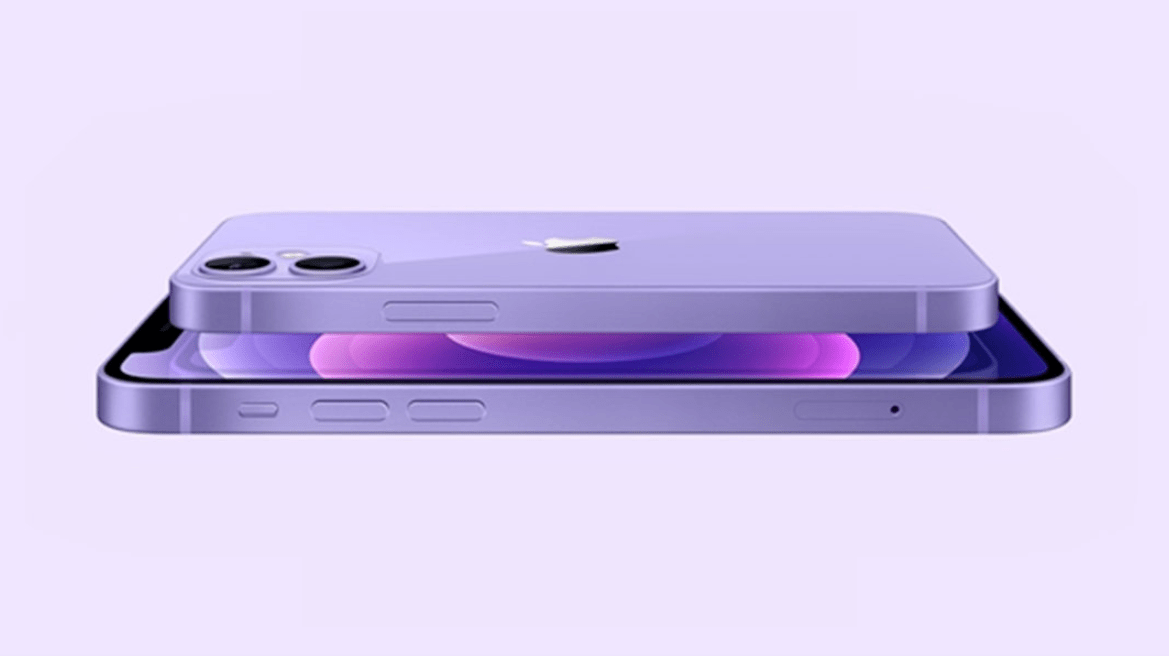








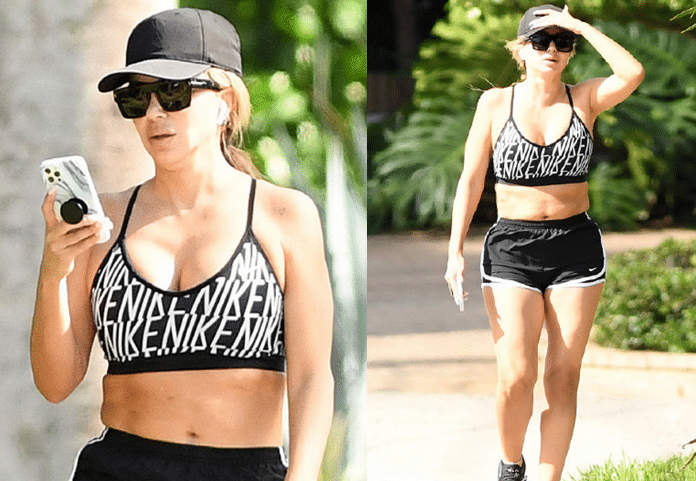
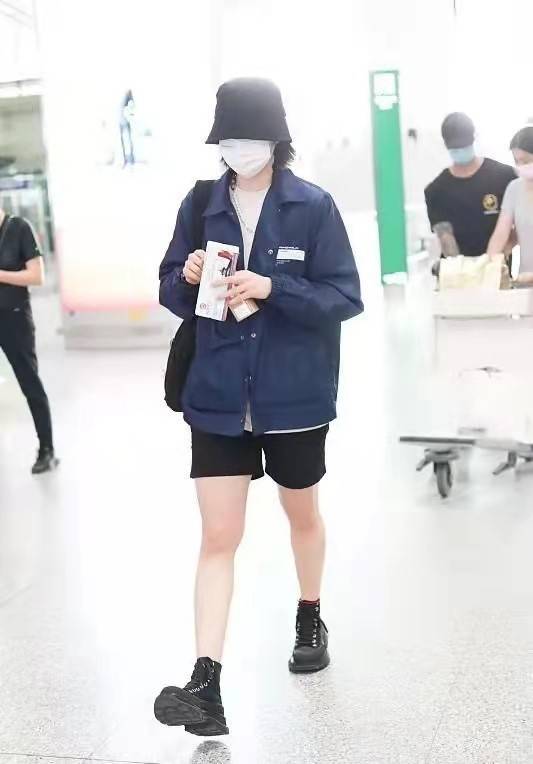



































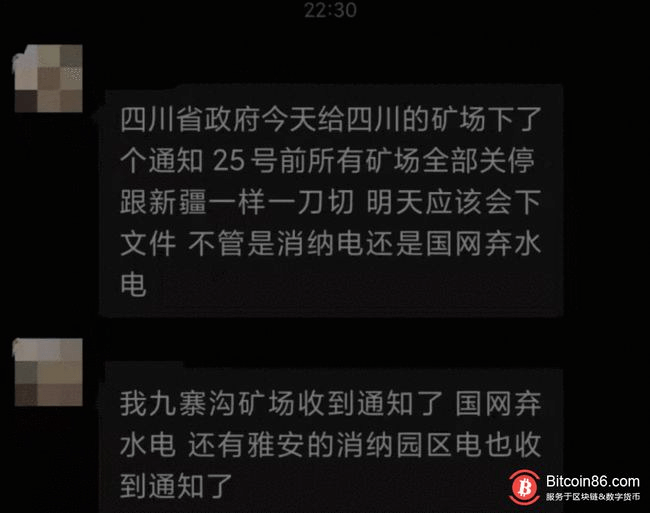
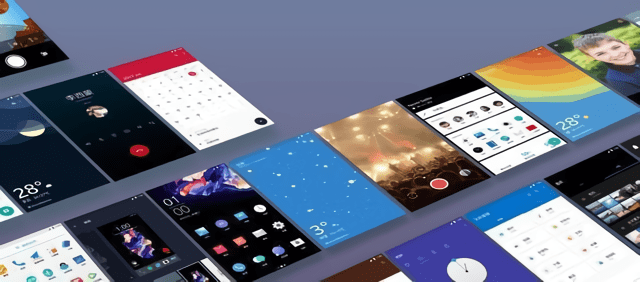







You must log in to post a comment.